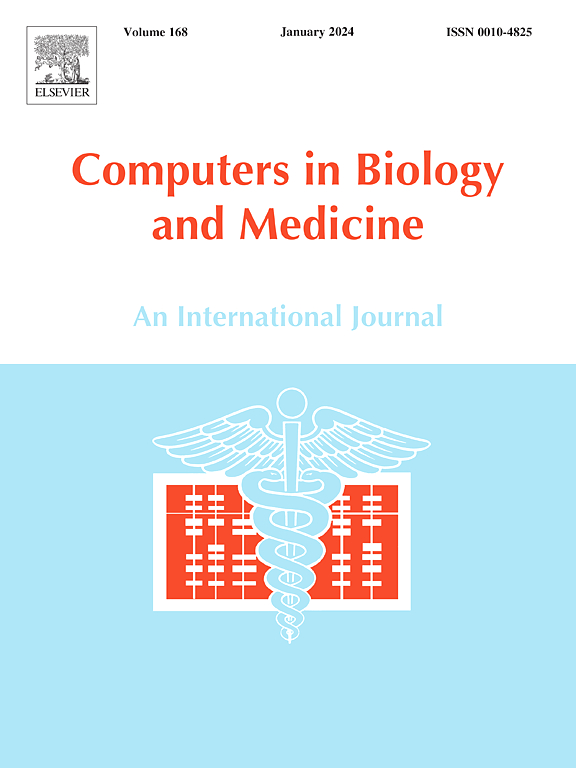L-MAE: Longitudinal masked auto-encoder with time and severity-aware encoding for diabetic retinopathy progression prediction
IF 6.3
2区 医学
Q1 BIOLOGY
引用次数: 0
Abstract
Pre-training strategies based on self-supervised learning (SSL) have demonstrated success as pretext tasks for downstream tasks in computer vision. However, while SSL methods are often domain-agnostic, their direct application to medical imaging is challenging due to the distinct nature of medical images, including specific anatomical and temporal patterns relevant to disease progression. Additionally, traditional SSL pretext tasks often lack the contextual knowledge that is essential for clinical decision support. In this paper, we developed a longitudinal masked auto-encoder (MAE) that builds on the Transformer-based MAE architecture, specifically introducing a time-aware position embedding and a disease progression-aware masking strategy. Unlike traditional sequential approaches, our method incorporates the actual time intervals between examinations, allowing for better capture of temporal trends. Furthermore, the masking strategy evolves in alignment with disease progression during follow-up exams to capture pathological changes, improving disease progression assessments. Using the OPHDIAT dataset, a large-scale longitudinal screening dataset for diabetic retinopathy (DR), we evaluated our pre-trained model by predicting the severity level at the next visit within three years, based on past examination series. Our findings demonstrate that both the time-aware position embedding and the disease progression-informed masking significantly enhance predictive accuracy. Compared to conventional baseline models and standard longitudinal Transformers, these simple yet effective adaptations substantially improve the predictive power of deep classification models in this domain.

L-MAE:具有时间和严重程度感知编码的纵向掩码自编码器用于糖尿病视网膜病变进展预测。
基于自监督学习(SSL)的预训练策略已被证明是计算机视觉下游任务的成功借口任务。然而,虽然SSL方法通常是领域不可测的,但由于医学图像的独特性质,包括与疾病进展相关的特定解剖和时间模式,它们在医学成像中的直接应用具有挑战性。此外,传统的SSL借口任务通常缺乏对临床决策支持至关重要的上下文知识。在本文中,我们开发了一种纵向掩码自编码器(MAE),它建立在基于transformer的MAE架构之上,特别引入了时间感知位置嵌入和疾病进展感知掩蔽策略。与传统的顺序方法不同,我们的方法结合了检查之间的实际时间间隔,允许更好地捕获时间趋势。此外,在随访检查中,掩蔽策略随着疾病进展而发展,以捕捉病理变化,改善疾病进展评估。使用OPHDIAT数据集(糖尿病视网膜病变(DR)的大规模纵向筛查数据集),我们通过基于过去的检查系列预测三年内下一次就诊的严重程度来评估我们预训练的模型。我们的研究结果表明,时间感知位置嵌入和疾病进展信息掩蔽都显著提高了预测准确性。与传统的基线模型和标准纵向变压器相比,这些简单而有效的调整大大提高了该领域深度分类模型的预测能力。
本文章由计算机程序翻译,如有差异,请以英文原文为准。
求助全文
约1分钟内获得全文
求助全文
来源期刊

Computers in biology and medicine
工程技术-工程:生物医学
CiteScore
11.70
自引率
10.40%
发文量
1086
审稿时长
74 days
期刊介绍:
Computers in Biology and Medicine is an international forum for sharing groundbreaking advancements in the use of computers in bioscience and medicine. This journal serves as a medium for communicating essential research, instruction, ideas, and information regarding the rapidly evolving field of computer applications in these domains. By encouraging the exchange of knowledge, we aim to facilitate progress and innovation in the utilization of computers in biology and medicine.
 求助内容:
求助内容: 应助结果提醒方式:
应助结果提醒方式:


